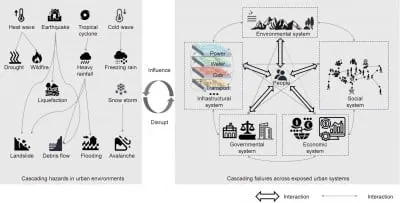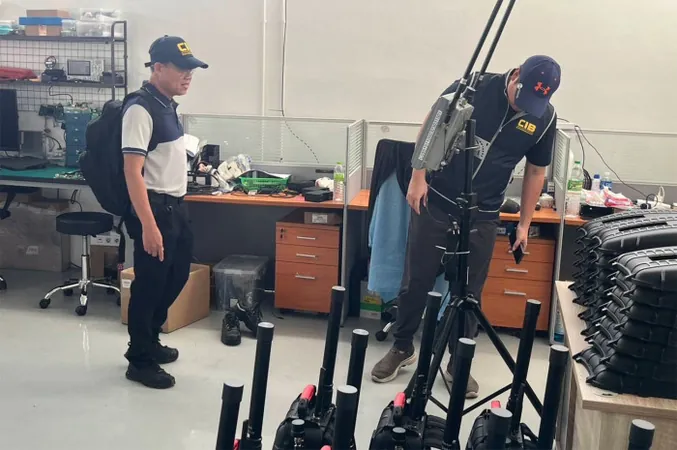
Revolutionizing Urban Risk Management: A People-First Approach for Resilient Cities
2025-06-27
Author: Ming
As cities grapple with escalating urbanization and the looming threat of climate change, a groundbreaking study sheds light on the urgent need to address intertwined risks faced by urban populations. Recently published in the journal Engineering, this research unveils innovative strategies to navigate the complexities of urban vulnerabilities.
Cities are at a tipping point, where one disruption can cascade into a multitude of unforeseen challenges. Take extreme rainfall: not only does it wreak havoc on essential infrastructure, but it also disrupts the socioeconomic fabric, governance structures, and environmental stability of urban areas.
Traditional risk assessment models are proving inadequate, often neglecting the nuances of human decision-making amidst crises. To tackle this, researchers have outlined four pivotal strategies.
1. Establishing a People-Centric Taxonomy of Risks
The first recommendation is to create a standardized taxonomy that categorizes cascading hazards and urban elements, emphasizing the vital interplay between individuals and their environments. This taxonomy will enhance our understanding of risk propagation and inform the development of robust early warning systems.
2. Integrative Risk Assessment Frameworks
Next, the researchers underscore the necessity of a holistic, people-focused risk assessment framework. This should encompass all aspects of urban life—structural, economic, social, environmental, and governmental—while considering individual behaviors during crises. Advanced techniques like agent-based modeling can be employed, grounded in the unified taxonomy.
3. Leveraging Multi-Source Data
The third strategy promotes the use of diverse data sources for calibration of models. By tapping into social media trends, satellite observations, and official statistics, researchers can construct more precise and adaptable models. The dynamic nature of cities necessitates a continuous update of these data inputs.
4. Prioritizing People-Centric Strategies
Lastly, the emphasis on people-centric strategies cannot be overstated. These strategies fall into two vital categories: fostering individual contributions toward disaster resilience and ensuring that citizens receive timely alerts and education regarding potential risks.
To translate these perspectives into actionable solutions, the researchers call for more empirical case studies. They also advocate for the integration of cutting-edge technologies like artificial intelligence and digital twins to refine risk assessment models. Together, these efforts could herald a new interdisciplinary field—dubbed 'urban risk science'—empowering cities to enhance their resilience and align with the United Nations’ Sustainable Development Goals.



 Brasil (PT)
Brasil (PT)
 Canada (EN)
Canada (EN)
 Chile (ES)
Chile (ES)
 Česko (CS)
Česko (CS)
 대한민국 (KO)
대한민국 (KO)
 España (ES)
España (ES)
 France (FR)
France (FR)
 Hong Kong (EN)
Hong Kong (EN)
 Italia (IT)
Italia (IT)
 日本 (JA)
日本 (JA)
 Magyarország (HU)
Magyarország (HU)
 Norge (NO)
Norge (NO)
 Polska (PL)
Polska (PL)
 Schweiz (DE)
Schweiz (DE)
 Singapore (EN)
Singapore (EN)
 Sverige (SV)
Sverige (SV)
 Suomi (FI)
Suomi (FI)
 Türkiye (TR)
Türkiye (TR)
 الإمارات العربية المتحدة (AR)
الإمارات العربية المتحدة (AR)